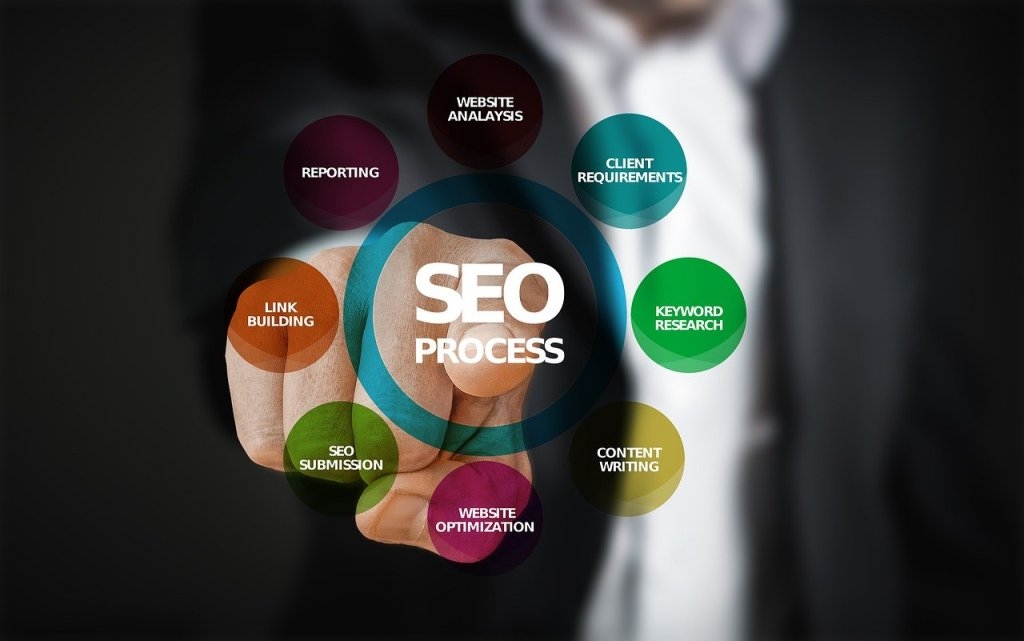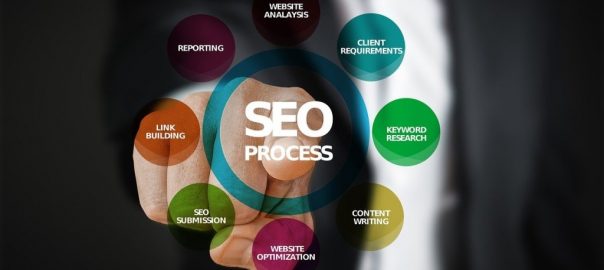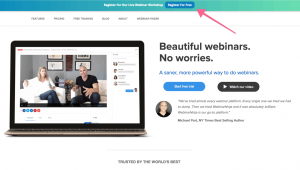Business success doesn’t just happen so making the right essential business decisions for success determines whether your business succeeds and how much success you find. Business success is a function of:
- careful planning
- attention to detail
- a focus on customer service
- a good business model
- and, a little luck
Today, we’ll focus on essential business decisions for success. So, whether you have a business at the idea stage, are in the midst of struggling for success with your startup, or have a more established business you feel is underperforming, here are some tips to help achieve your business potential.
 The photo was taken by Gerd Altmann from Pixabay
The photo was taken by Gerd Altmann from Pixabay
Make your marketing rock
Marketing is so critical for success in today’s global marketplace that hot new business trends favor starting a business with marketing rather than having the cart pull the horse through a focus on the product.
In case you’ve been living under a rock for the last 20+ years, here’s a definition of lean:
The goal of lean is to eliminate waste—the non-value-added components in any process. Unless a process has gone through lean multiple times, it contains some element of waste. When done correctly, lean can create huge improvements in efficiency, cycle time, productivity, material costs, and scrap, leading to lower costs and improved competitiveness [source].
Notice, the key element of lean is to eliminate non-value-added elements in your process, whether that’s manufacturing, like Toyota where the process began, or any other business. And, value in the eyes of consumers refers to the benefit received after accounting for costs involved in acquiring the product. Hence, understanding consumers and how they assess the value of your product relative to others on the market is a key determinant of not only waste but the ultimate success of your business venture.
Just about every post published on this blog, as well as thousands of others, offer marketing advice, so it’s impossible to incorporate all that advice into a single blog post. Instead, let me just mention the strategic elements involved in marketing with a few references to get you started if you’re new to marketing.
Strategic marketing elements
1. Understanding your customer
Without a thorough understanding of your customer, you’ll struggle to find success and waste a lot of resources since customers determine value.
And, the entire population (say the population of a particular country) within your reach isn’t your customer market. Instead, you must focus on a segment of that population (based on demographic, geographic, psychographic, or behavioral characteristics) that most value your brand then positioning your product via messaging to reinforce how their specific needs are best fulfilled by your brand versus others.
2. Reaching your customer
With the rise in communication channels, most recently digital ones, an essential business decision for success involves choosing the right channels and the right messaging on each of those channels.
Among the elements to consider in reaching customers is:
- Getting found
- Content marketing- develop a content marketing campaign that focuses on the right message, through the right channel, at the right time to reach your target market. Creating valuable content on a consistent basis is an essential business decision for success in any market, regardless of whether you’re attempting to reach consumers online or off.
- SEO- developing great content helps connect with consumers, but you need to ensure consumers find your content. On search, that means optimizing the SEO-value of your digital marketing to ensure your links show up first in search results. Since SEO involves implementing a strategy to optimize a complex and rapidly changing set of factors that make up the search algorithms of companies like Google, it often makes sense to hire an SEO consultant to help manage your strategy for search.
3. Build relationships with consumers, employees, and other stakeholders.
Customer relationships are the most valuable resource a company has, thus building and maintaining those relationships deserves significant consideration as an essential business decision for success. After all, when your brand fails in any aspect of your business, and, that’s bound to happen occasionally, a strong relationship weathers the storm. Here are some tactics for building strong relationships with customers, employees, and other stakeholders [source]:
- Open communication – two-way communication that shows respect, value, and consideration go a long way toward building relationships. Tailoring messaging to different target audiences and, when possible, using personalization in your messaging helps build strong relationships.
- Meet or exceed expectations – keep your promises realistic and strive to always exceed your promises
- Recognize the value of your customers – using loyalty programs, thanking customers for positive feedback, and addressing concerns or requests as quickly as possible go a long way toward building strong relationships.
Hire the right people – hiring is a big part of achieving success in any venture. After all, you can’t build good relationships with customers when your employees don’t demonstrate concern for customers and treat them well. In manufacturing or other businesses where customers never see employees, hiring still contributes to innovativeness, conscientiousness, and dedication, which improve products and lower costs. There are plenty of tips and techniques to help you hire the perfect employees.
4. Keep costs reasonable
Remember we started this post by mentioning the lean process and its focus on value? Well, so far we’ve mainly discussed the benefits part of the value equation. Costs are the other element in that equation and deserve some consideration.
Although price isn’t the overriding concern in many purchase decisions, keeping prices reasonable makes your products more competitive and discourages new entrants into your market.
Regardless of which method used to determine price, a firm’s costs figure into the final price somewhere. Keeping those costs as low as possible while limiting the impact of these decisions on the final product helps keep prices down.
Leveraging your resources by outsourcing as much as possible reduces costs. Leveraging involves renting rather than buying, hiring consultants rather than employees, and buying rather than making whenever possible until economies of scale justify these expenditures.
Consumers experience other costs when acquiring products. For instance, buying products without additional expenses such as travel or shipping costs makes products less costly. That’s where logistics and distribution practices come in and they are an essential business decision for success.
Final thoughts
Notice, if you have any experience with marketing, all I’ve done in this post is highlight some critical elements of the 4Ps that form the backbone of marketing:
- Product
- Price
- Promotion
- Distribution
However, rather than their common formulation as independent essential business decisions for success, I’ve reformulated them to highlight their interdependencies.
I hope you find this article valuable and welcome your comments.
Business & Finance Articles on Business 2 Community
(60)







